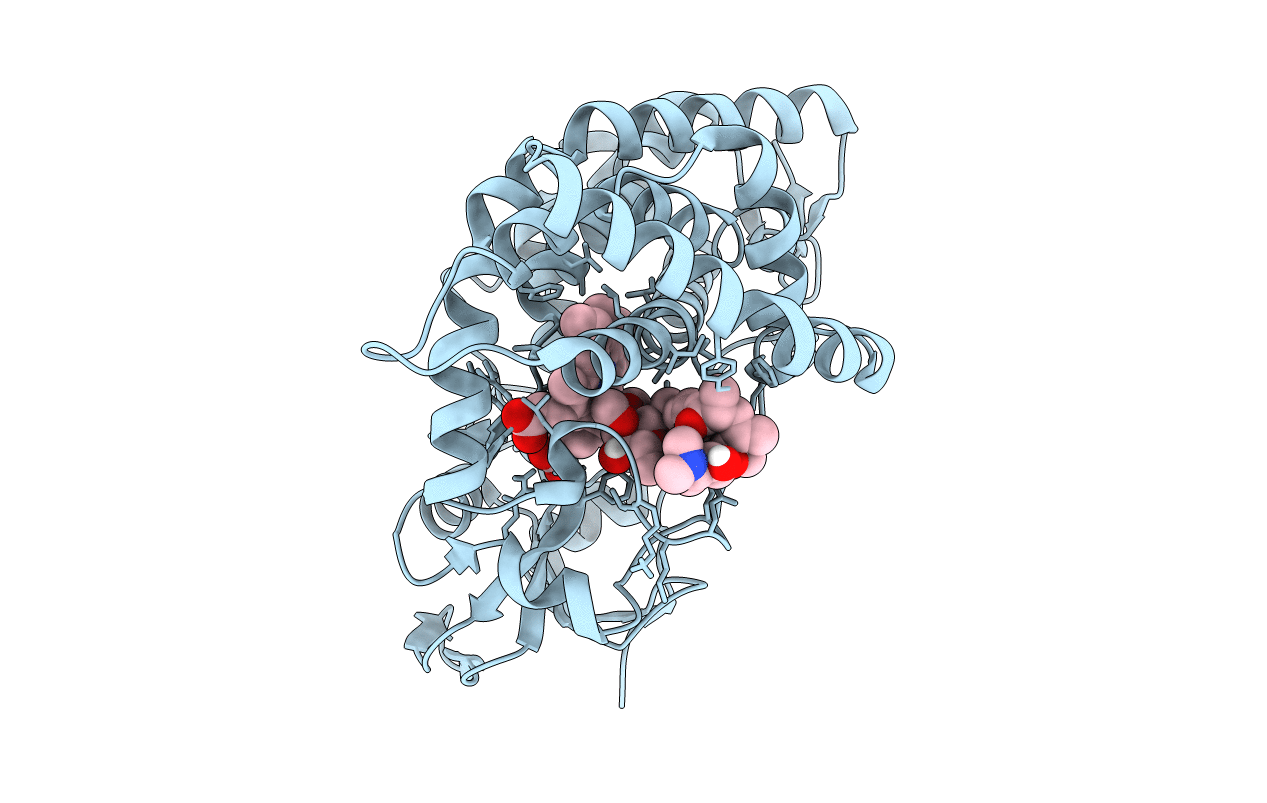
Deposition Date
2017-01-12
Release Date
2017-08-23
Last Version Date
2024-05-01
Entry Detail
PDB ID:
5UHU
Keywords:
Title:
Solution conformation of cytochrome P450 MycG with mycinamicin IV bound
Biological Source:
Source Organism:
Micromonospora griseorubida (Taxon ID: 28040)
Host Organism:
Method Details:
Experimental Method:
Conformers Calculated:
1200
Conformers Submitted:
1
Selection Criteria:
structures with the least restraint violations


